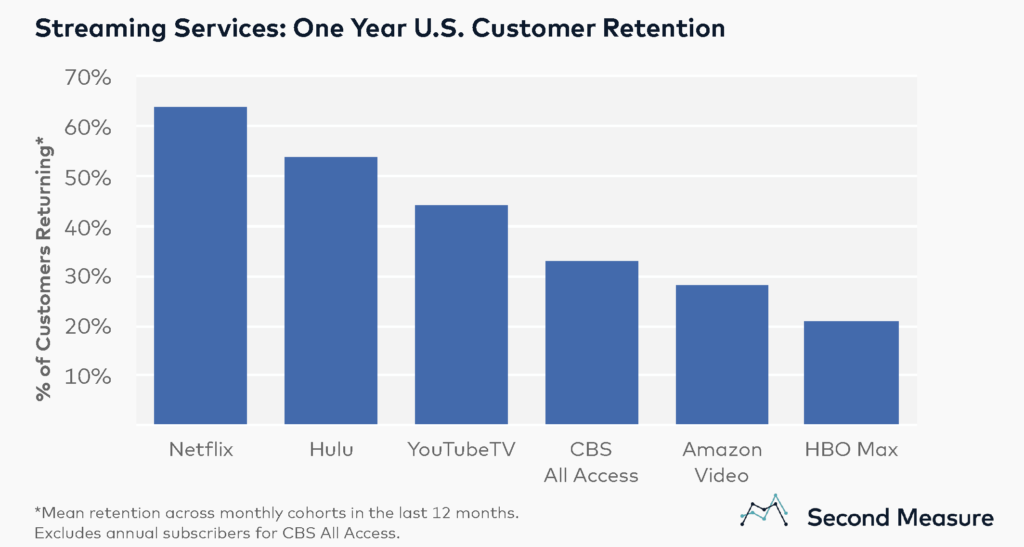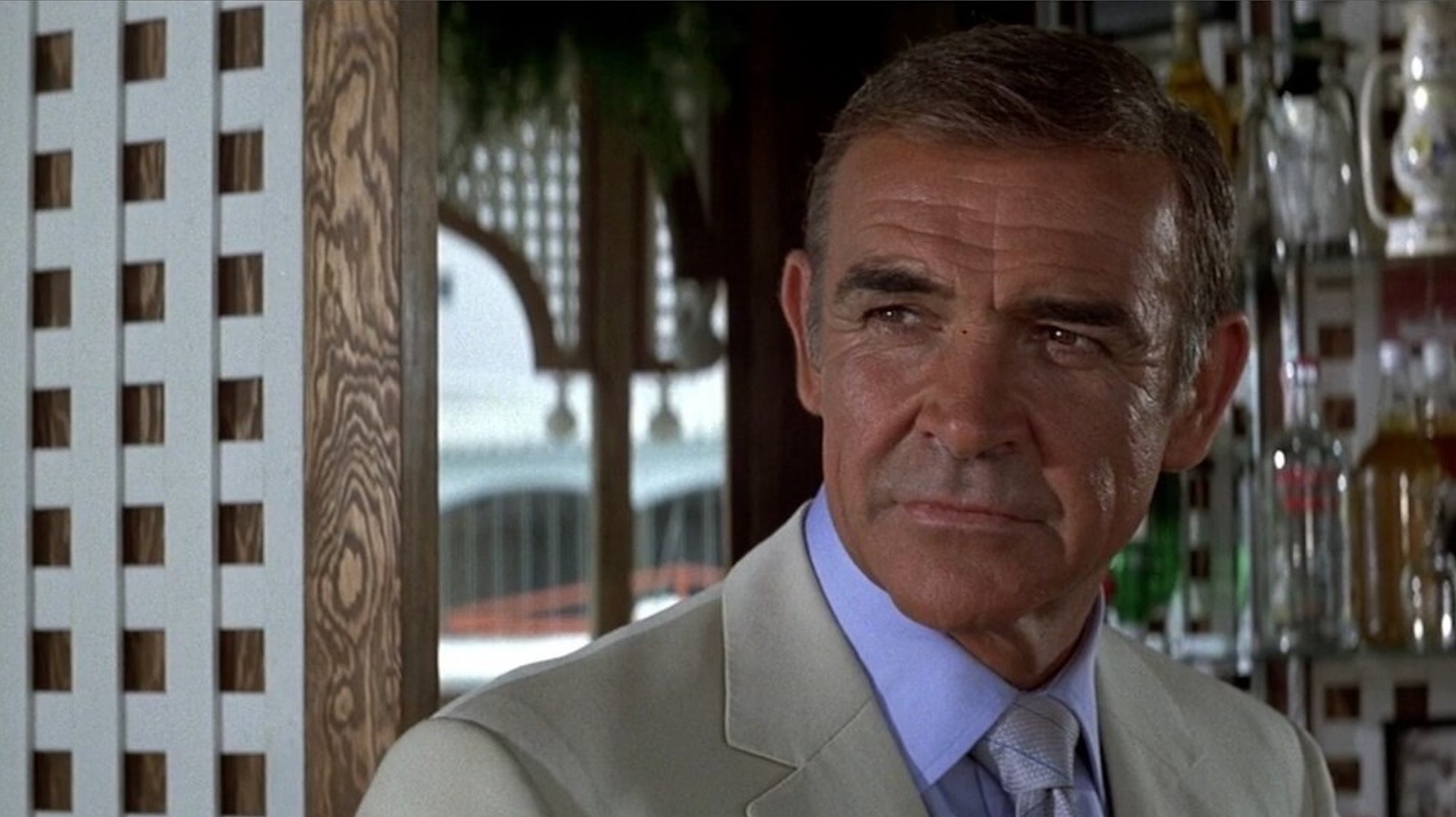The Rise and Evolution of the Bollywood Film Industry
A Glimpse into Bollywood's Rich History
The Bollywood film industry, often synonymous with Indian cinema, has a fascinating history that dates back to the early 20th century. The first full-length Indian feature film, "Raja Harishchandra," was released in 1913, directed by Dadasaheb Phalke, who is now regarded as the father of Indian cinema. This silent film marked the beginning of an era that would eventually transform into the vibrant, globally recognized industry we know today.
In the early decades, Bollywood was heavily influenced by theater and classical art forms, with films often drawing from mythological and religious tales. The 1930s and 1940s saw the advent of sound in Indian cinema, leading to the rise of musicals—a defining characteristic of Bollywood. The golden age of Indian cinema, spanning the 1950s and 1960s, produced timeless classics like "Mother India" (1957) and "Mughal-e-Azam" (1960), which showcased elaborate sets, grandiose storytelling, and unforgettable music.
The Global Appeal of Bollywood
Bollywood's influence extends far beyond India's borders. With a massive diaspora spread across the world, Indian films have found audiences in countries like the USA, UK, Canada, the Middle East, and Southeast Asia. The colorful dance sequences, dramatic storytelling, and emotional depth of Bollywood movies have a universal appeal that transcends language barriers.
Films like "Dilwale Dulhania Le Jayenge" (1995) and "Lagaan" (2001) not only broke box office records but also introduced Bollywood to international film festivals and award circuits. Today, stars like Shah Rukh Khan, Priyanka Chopra, and Deepika Padukone enjoy global fame, further cementing Bollywood's place in world cinema.
The Unique Blend of Music and Drama
One of Bollywood's most distinctive features is its integration of music and dance into storytelling. Unlike Western cinema, where musical numbers are often confined to musical films, Bollywood movies routinely feature elaborate song-and-dance sequences that advance the plot or highlight emotional moments. Legendary music composers like R.D. Burman, A.R. Rahman, and Shankar-Ehsaan-Loy have created soundtracks that remain iconic decades later.
From heartfelt ballads to high-energy dance tracks, Bollywood music is an industry in itself. Playback singers such as Lata Mangeshkar, Kishore Kumar, and Sonu Nigam have lent their voices to generations of actors, creating a unique disconnect between on-screen performers and the voices behind the songs—an accepted and beloved tradition in Indian cinema.
The Changing Face of Bollywood Storytelling
While Bollywood is often associated with romantic dramas and family sagas, the industry has evolved to embrace diverse genres. The 1970s and 1980s were dominated by action-packed films featuring "angry young man" protagonists, epitomized by Amitabh Bachchan. In the 2000s, filmmakers began experimenting with unconventional narratives, leading to critically acclaimed movies like "Black" (2005) and "Taare Zameen Par" (2007).
Today, Bollywood produces everything from hard-hitting social commentaries like "Article 15" (2019) to slick spy thrillers like "War" (2019). Streaming platforms have further expanded opportunities for bold, content-driven films that may not fit traditional theatrical molds. The industry continues to push boundaries while retaining the essence of what makes Bollywood special—its emotional resonance and cultural richness.
Bollywood's Economic and Cultural Impact
Bollywood is one of the largest film industries in the world, producing over 1,500 films annually and generating billions in revenue. It provides employment to thousands, from actors and directors to technicians and makeup artists. The industry's economic influence extends to fashion, tourism, and even politics, with many celebrities transitioning into public office.
Culturally, Bollywood has shaped fashion trends, dialects, and social norms in India and abroad. Phrases from iconic films enter everyday language, and dance moves from hit songs are replicated at weddings worldwide. Bollywood's ability to reflect and influence society makes it a powerful cultural force.
The Stars of Bollywood: Icons and Newcomers
Bollywood has produced some of the most recognizable faces in global entertainment over its century-long history. The industry operates on a star system where actors often achieve near-mythical status. Legendary figures like Raj Kapoor, Dilip Kumar, and Madhubala defined early Bollywood glamour, while modern superstars like Shah Rukh Khan, Aamir Khan, and Salman Khan (collectively known as the "Khans") have dominated the box office for decades. These actors don't just perform - they become cultural touchstones, with fan bases that span generations and continents.
The current landscape features an exciting mix of established stars and dynamic newcomers. Veteran actresses like Madhuri Dixit and Kajol continue to take on selective roles, while a new wave of performers like Alia Bhatt, Rajkummar Rao, and Ayushmann Khurrana are redefining stardom with their choice of unconventional scripts. What makes Bollywood unique is how actors transition across ages and genres - a 50-year-old hero might headline both a action blockbuster and a sensitive romance in the same year.
The Business of Bollywood: Economics Behind the Magic
Behind the glittering façade, Bollywood operates as a complex business ecosystem. A typical big-budget Bollywood production today costs between $15-30 million, with major studios like Yash Raj Films and Dharma Productions investing heavily in content. The industry follows a distinct release calendar, with major holidays like Diwali and Eid considered prime slots for blockbuster launches. Unlike Hollywood, where theatrical earnings dominate revenue, Bollywood films traditionally earned significant income from music rights and satellite TV deals - though streaming platforms are changing this dynamic.
Marketing budgets now often exceed 30-40% of production costs, with stars making appearances on reality shows, conducting massive city tours, and leveraging social media campaigns. The rise of multiplex cinemas has allowed for varied pricing strategies, while single-screen theaters remain crucial for mass-market films. With increasing international appeal, overseas box office - particularly from North America, the UK, and the Middle East - contributes significantly to a film's success.
Technological Evolution in Bollywood Cinema
From the grainy black-and-white films of the 1930s to today's 4K digital projections with Dolby Atmos sound, Bollywood's technological journey mirrors its creative evolution. The 1950s saw the introduction of color films like "Aan," while the 1970s brought new cinematography techniques. The digital revolution of the 2000s completely transformed production processes, making computer-generated imagery (CGI) and advanced visual effects affordable and accessible.
Modern Bollywood films rival Hollywood in technical ambition. Movies like "Brahmāstra" (2022) showcase world-class visual effects, while productions increasingly use virtual production techniques popularized by shows like "The Mandalorian." Digital intermediates allow color grading that creates signature Bollywood visuals - the vibrant color palettes that have become an industry hallmark. Even song sequences now frequently incorporate drone cinematography and advanced motion capture technology.
Bollywood's Relationship with Regional Cinema
While Bollywood refers specifically to Hindi-language cinema based in Mumbai, it exists alongside vibrant regional film industries across India's diverse linguistic landscape. Industries like Tollywood (Telugu), Kollywood (Tamil), and Mollywood (Malayalam) often produce content that rivals or surpasses Bollywood in scale and quality. The relationship between these industries has evolved from competition to creative collaboration.
Recent years have seen increased crossover success, with southern Indian films like "RRR" and "KGF" finding massive audiences in traditional Bollywood markets. This has led to more pan-Indian productions that cast stars from multiple industries and blend cinematic styles. Bollywood, in turn, frequently remakes successful regional films, while regional industries adapt Bollywood hits for their local audiences.
Controversies and Challenges Facing Bollywood
Despite its successes, Bollywood grapples with multiple challenges. Allegations of nepotism became a major topic after actor Sushant Singh Rajput's tragic death in 2020, sparking debates about outsiders versus industry insiders. The MeToo movement revealed systemic harassment issues that the industry is still addressing. Political pressures also impact content, with films sometimes facing protests or censorship demands from various groups.
The COVID-19 pandemic devastated theatrical revenues, accelerating the shift toward streaming platforms. Established business models are being disrupted as audiences grow accustomed to simultaneous or quick digital releases. Additionally, Bollywood faces increasing competition from international content and high-quality regional cinema, forcing mainstream Hindi films to innovate constantly to retain viewership.
The Future of Bollywood: Trends Shaping Indian Cinema
As Bollywood enters its second century, the industry stands at a fascinating crossroads of tradition and innovation. Streaming platforms have emerged as both competitors and collaborators, providing new avenues for content consumption while forcing filmmakers to rethink theatrical models. The success of hybrid releases (theaters plus OTT) suggests a permanent shift in distribution strategies. At the same time, spectacle-driven films like "Pathaan" (2023) prove that the big-screen experience remains vital for certain genres.
Artificial intelligence is beginning to influence casting decisions, script analysis, and even post-production, with deepfake technology enabling new creative possibilities. Virtual production techniques, popularized internationally by shows like "The Mandalorian," are being adapted for Bollywood's signature song sequences. Meanwhile, sustainability initiatives are gaining traction, with sets becoming more eco-friendly and productions reducing their carbon footprint.
Bollywood's Global Expansion Strategies
India's film industry is increasingly looking outward for both audiences and creative partnerships. Co-productions with international studios have become more common, as seen with Netflix's "The White Tiger" (2021) and Amazon's "Gulabo Sitabo" (2020). Bollywood stars are pursuing crossover projects, while foreign actors frequently appear in Hindi films. Hollywood studios now actively acquire remake rights for Bollywood hits, reversing the traditional flow of adapted content.
The industry has also developed sophisticated localization strategies - dubbing films in multiple languages, creating region-specific marketing campaigns, and even adjusting content for cultural sensitivities in different markets. Countries like China have emerged as unexpected but lucrative markets, with films like "Dangal" (2016) earning more there than in India. This globalization extends beyond film to streaming platforms, where Bollywood content forms a crucial part of international OTT catalogs.
Representation and Social Change in Modern Bollywood
Contemporary Bollywood has begun addressing long-standing issues of representation and inclusivity. Films now feature more substantial roles for actresses over 40, exploration of LGBTQ+ narratives ("Shubh Mangal Zyada Saavdhan," 2020), and sensitive portrayals of mental health ("Dear Zindagi," 2016). Stories centered on rural India and small-town experiences ("Dum Laga Ke Haisha," 2015) have gained prominence alongside metropolitan narratives.
The industry is also grappling with colorism, slowly moving away from fairness cream endorsements and casting conventions that favored lighter-skinned actors. Casting directors now actively seek authenticity - whether in regional accents ("Sacred Games") or appropriate representation of marginalized communities. This evolution reflects both artistic integrity and audience demand for more realistic, relatable content that mirrors India's incredible diversity.
The Education and Training Revolution Behind the Scenes
As Bollywood professionalizes, formal education in filmmaking has gained importance. Prestigious institutions like Film and Television Institute of India (FTII) and Whistling Woods International produce world-class talent across all filmmaking disciplines. Many technicians now train internationally before joining Bollywood productions, bringing global standards to local projects. Specialized workshops for acting, stunt work, and even intimacy coordination have become commonplace.
This professionalization extends to below-the-line workers, with unions ensuring better working conditions and pay scales. Cinematographers, editors, and production designers enjoy greater recognition, their names often featuring prominently in marketing materials. The rise of film schools has also democratized access to the industry, allowing talented individuals from non-film backgrounds to bypass traditional gatekeepers.
Bollywood in the Age of Social Media and Digital Fandom
Social media has transformed how Bollywood interacts with its audience. Stars now maintain direct connections with fans through Instagram, Twitter, and YouTube, bypassing traditional media filters. Film promotions have evolved into elaborate digital campaigns with carefully orchestrated "leaks" and viral challenges tied to song releases. Platforms like TikTok (before its ban) and Reels have become crucial for music promotion, with fans recreating movie dialogues and dance moves.
This digital landscape has also given rise to new forms of celebrity - influencers who critique films, content creators who specialize in Bollywood analysis, and meme pages that shape public perception. At the same time, social media amplifies controversies, with every casting decision or creative choice subject to immediate public scrutiny. The industry has had to develop rapid response strategies for this always-on media environment.
A Lasting Legacy: Bollywood's Cultural Footprint
From influencing fashion trends to shaping linguistic expressions, Bollywood's cultural impact extends far beyond entertainment. Iconic dialogues enter everyday conversation, while wedding dances worldwide incorporate Bollywood choreography. The industry has introduced global audiences to Indian classical dance forms, regional musical traditions, and diverse cultural practices through its accessible storytelling.
Bollywood tourism has emerged as a significant sector, with fans visiting film locations, studios, and even celebrity homes. Academic interest in Bollywood continues to grow, with universities worldwide offering courses analyzing its socio-political impact. As Indian soft power expands globally, Bollywood remains one of its most effective ambassadors - a vibrant, living art form that continues to evolve while staying rooted in its rich traditions.
Looking ahead, Bollywood's greatest strength lies in its adaptability - its ability to absorb global influences while retaining its distinct identity. As technology disrupts traditional models and audience expectations shift, the industry's willingness to experiment while staying true to its emotional core ensures its enduring relevance. The next chapter of Bollywood promises to be as dramatic, colorful, and full of surprises as its greatest films.










Comments